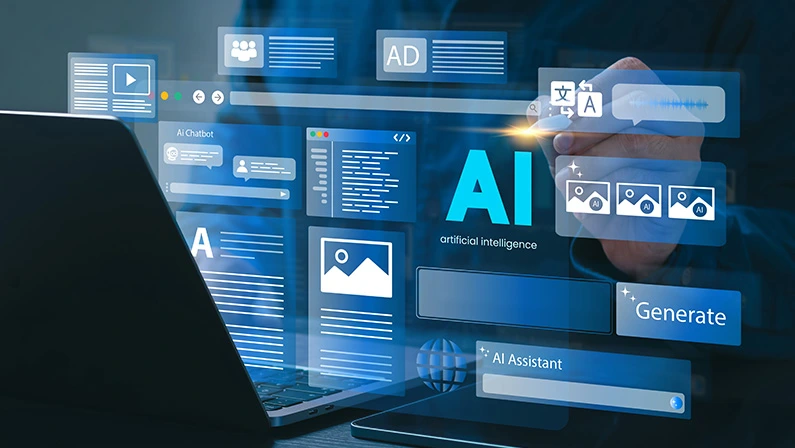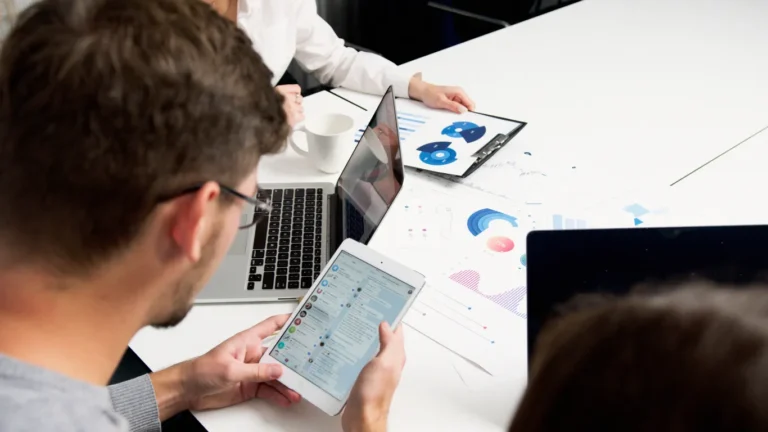Digital advertising never stands still. Technology, consumer behavior, and privacy regulations continue to shape how brands connect with their audiences. What worked last year may not be as effective today, and businesses that want to keep up need to understand the latest trends.
In 2025, expect to see AI-driven marketing, more privacy-focused advertising, interactive video ads, and the continued rise of social commerce. Digital ads are becoming smarter, more personalized, and more immersive—which means businesses must adapt their strategies to stay relevant.
Here’s a closer look at the biggest digital advertising trends 2025 and how businesses can take advantage of them.
1. AI & Automation in Digital Advertising

Artificial intelligence (AI) is making digital advertising more efficient, data-driven, and personalized than ever before. Instead of guessing what will work, brands can now rely on AI-powered tools to analyze data, predict consumer behavior, and optimize ads in real time.
Smarter Audience Targeting
AI processes massive amounts of data to identify the right audience for a campaign. It considers browsing history, purchasing behavior, and engagement patterns to serve highly personalized ads that increase conversion rates.
Automated Content Creation
AI-powered tools can now write ad copy, generate product descriptions, and even create video content. This allows brands to produce high-quality content at scale, reducing costs while maintaining consistency.
AI-Driven Bidding Strategies
AI automatically adjusts ad bids in real time to get the most value from an advertising budget. This ensures that businesses aren’t overspending while still reaching the right audience at the right time.
AI is becoming essential for delivering personalized ads, reducing wasted spending, and improving overall campaign performance. Businesses that invest in AI in digital marketing will gain a significant advantage in 2025.
2. Privacy-First Advertising Is Here to Stay
Online privacy is a growing concern, and advertisers must find new ways to reach consumers without relying on invasive tracking methods. Third-party cookies are being phased out, and stricter data privacy laws mean brands need to rethink how they collect and use customer data.
Here’s how brands are adapting privacy-first advertising strategies:
First-Party Data Collection
With less access to third-party tracking, businesses are focusing on collecting data directly from their audience. Email sign-ups, loyalty programs, and surveys help brands gather valuable insights while maintaining transparency.
Contextual Targeting
Instead of tracking user behavior across different websites, brands are shifting to contextual advertising—showing ads based on the content of the webpage being viewed rather than personal data.
Transparency and Consumer Control
Consumers now expect brands to be clear about how they collect and use data. Businesses that prioritize honest communication and user consent will build trust and stronger customer relationships.
3. Video Ads Are Becoming More Interactive
Consumers expect more than just a basic video ad. They want to engage with content, shop directly from videos, and experience ads in new ways.
In 2025, video advertising is becoming more interactive, making it easier for brands to capture attention and drive action.
Key video ad trends for 2025 include:
Shoppable Video Ads
Brands are making it easier for consumers to purchase directly from videos. Clickable product tags within ads allow users to shop without leaving the video they’re watching.
Live Shopping Events
Social media platforms like Instagram, TikTok, and YouTube are expanding live-stream shopping, allowing brands to showcase products in real-time and interact with viewers.
360-Degree and Immersive Videos
Instead of traditional ads, brands are using 360-degree videos that allow users to explore different angles, keeping them engaged longer.
With attention spans shrinking, brands need to focus on engaging video ad trends in 2025 that encourage action rather than just passive viewing.
4. Social Commerce & Influencer Marketing Are Taking Over

Social media platforms are turning into full shopping destinations. Instead of driving traffic to external websites, brands can now sell products directly through social apps.
Because of this shift, most brands have now turned to social commerce in 2025. Here’s why:
Instant Shopping Experiences
Consumers can browse, review, and purchase products without leaving apps like TikTok, Instagram, and Facebook, making the buying process quicker and easier.
Influencer Marketing is Driving Sales
People trust recommendations from influencers more than traditional ads. Brands that partner with the right creators see higher engagement and conversion rates.
AI-Powered Product Recommendations
Social platforms are using AI to suggest products based on browsing behavior, helping brands serve highly targeted, relevant ads.
5. Programmatic & Connected TV (CTV) Advertising Are Expanding
Streaming services have changed how people consume content. More people are cutting cable and switching to streaming platforms like Netflix, Hulu, and YouTube, making connected TV advertising 2025 an increasingly valuable channel for advertisers.
So what’s new in CTV and programmatic ads?
More Personalized TV Ads
Advertisers can now target specific viewers based on their location, interests, and watching habits, making CTV ads more effective than traditional commercials.
Interactive CTV Ads
Some streaming services allow viewers to engage with ads directly from their remote, offering a more interactive experience.
Automated Programmatic Ad Buying
Programmatic advertising automates the ad-buying process, helping brands reach relevant audiences more efficiently.
For brands looking to tap into TV audiences without traditional commercials, following programmatic ad trends and investing in CTV and programmatic advertising offer a huge opportunity.
6. Voice Search & Audio Advertising Are Changing How People Find Brands
Voice search is growing, and brands need to optimize their ads and content for voice assistants like Alexa, Siri, and Google Assistant. More consumers are using hands-free search, which means ads must be structured to match spoken queries.
Conversational Ad Copy
Ads need to sound natural and conversational to match how people speak when using voice search.
Increased Focus on Local Voice Search
Many voice searches include phrases like “near me”, so businesses need to optimize for local SEO to appear in voice search results.
More Investment in Audio Ads
Streaming services and podcasts are also becoming key spaces for audio advertising, allowing brands to reach audiences in a non-intrusive way.
Optimizing for voice search marketing ensures businesses stay relevant as more people shift to hands-free browsing and shopping.
7. Augmented Reality (AR) & Virtual Reality (VR) Are Making Ads More Immersive
Interactive ads are gaining momentum, and AR and VR in advertising are transforming how brands engage with consumers. Instead of just watching an ad, users can experience it firsthand.
Here’s how you can make use of AR & VR in your digital ads:
Virtual Try-Ons
Fashion and beauty brands are using AR to let shoppers see how a product looks on them before purchasing.
3D Product Demos
Instead of flat images, brands are offering 360-degree product previews that let users explore items in a more realistic way.
Branded AR Filters
Companies are using social media AR effects to encourage user engagement and create viral marketing campaigns.
How to Stay Ahead in Digital Advertising in 2025

Success in digital advertising now depends on personalization, automation, and interactive experiences. As AI-driven campaigns, social commerce, and privacy-first strategies continue to reshape the industry, businesses that adapt quickly will maintain a competitive edge. So don’t fall behind.
Simply running ads is no longer enough—brands must now use data-driven insights to fine-tune their approach and create more engaging customer experiences.
For many businesses, keeping up with these changes can feel overwhelming. If you want to make your effort count, partner with a trusted digital marketing agency in Houston, TX, like LeadOrigin . With expertise in AI-powered ad optimization, video marketing, and privacy-focused advertising, LeadOrigin helps brands develop strategies that not only reach the right audience but also drive real results.
Stay on top of the latest advancements in digital advertising and contact LeadOrigin today.






